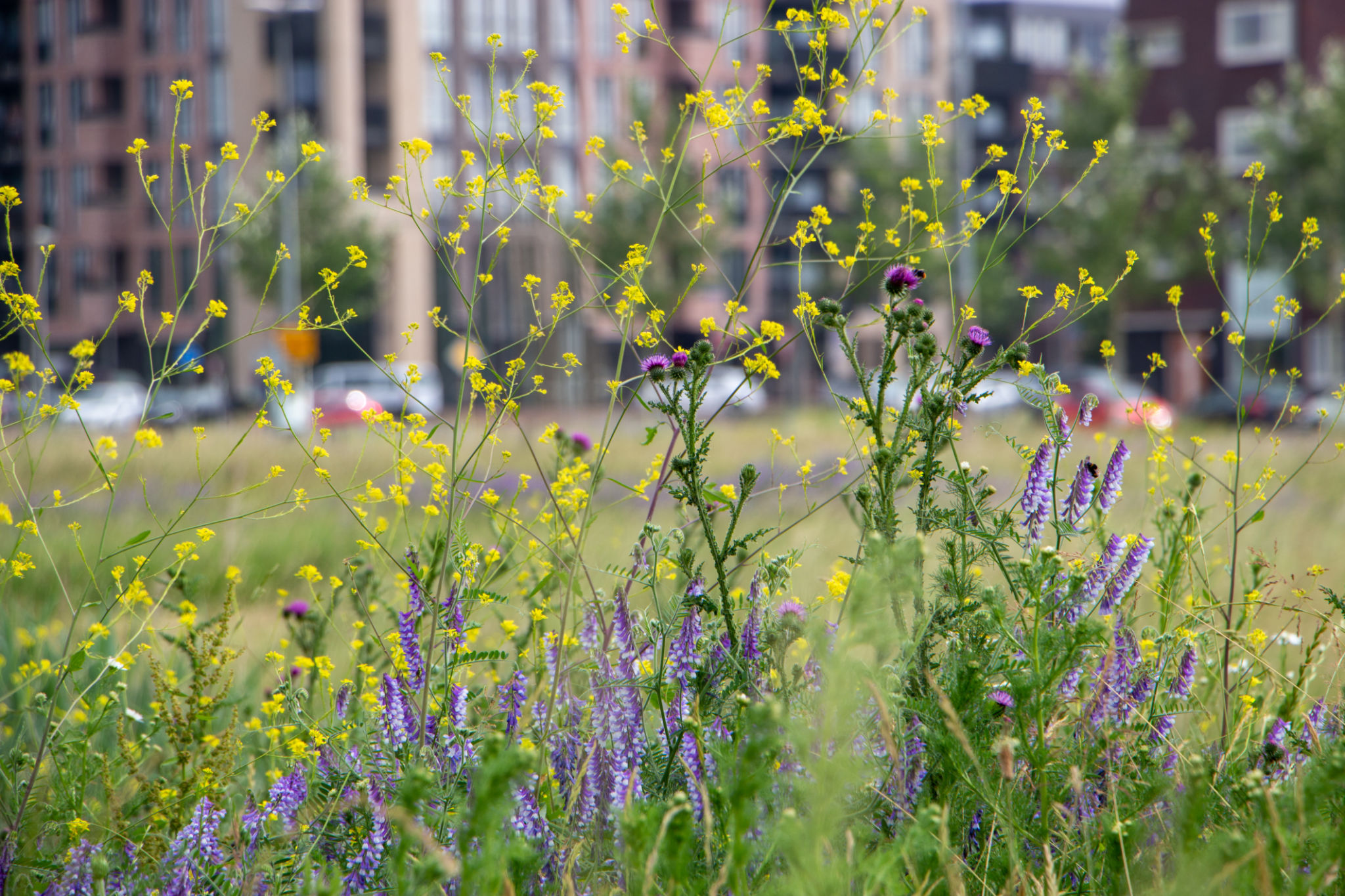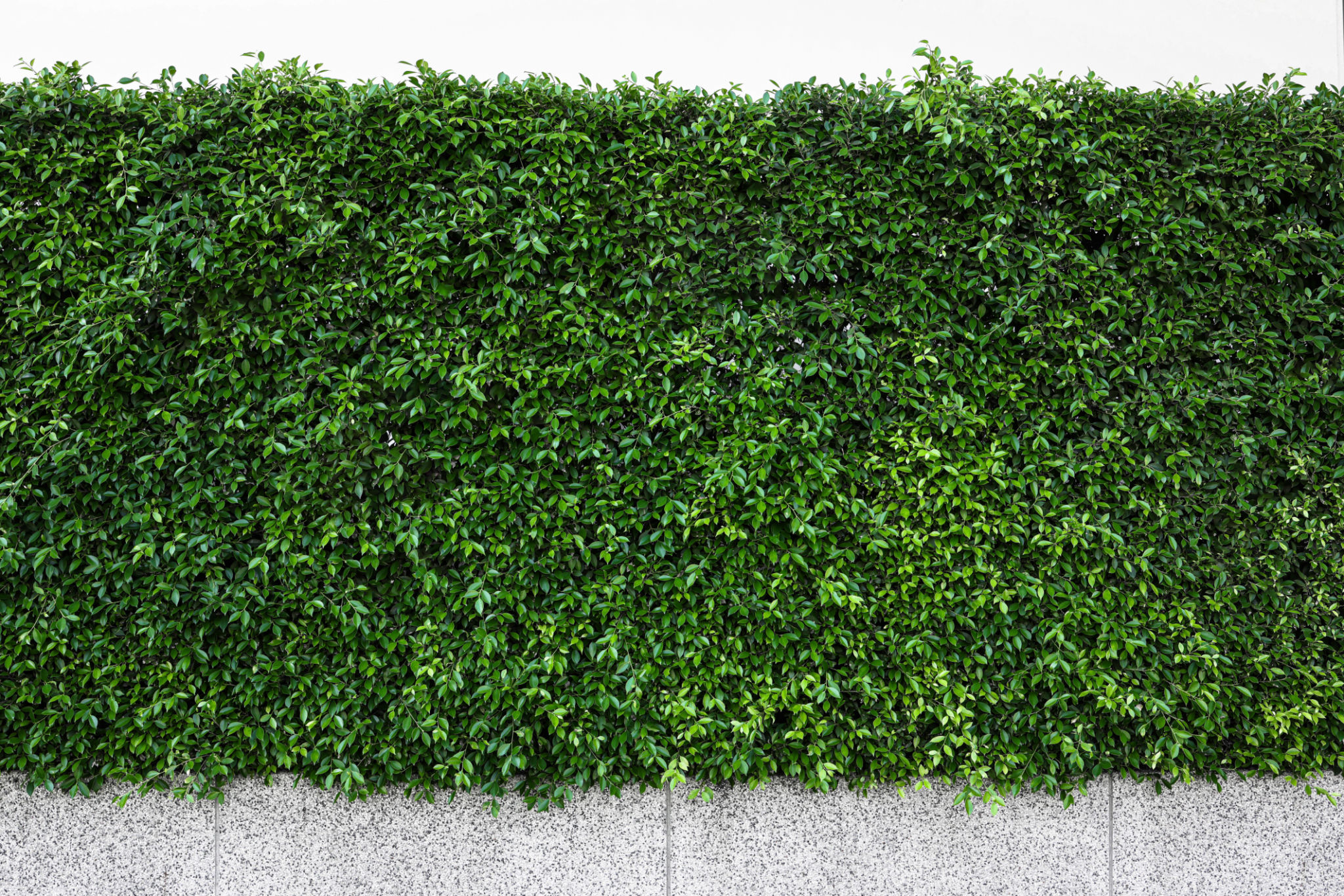Understanding Smart Green Wall Technology: A Deep Dive into Sustainable Design
Introduction to Smart Green Wall Technology
In recent years, sustainable design has become a focal point for architects, urban planners, and environmentalists. A leading innovation in this realm is smart green wall technology, which integrates traditional green wall systems with cutting-edge technology. These walls not only enhance aesthetic appeal but also contribute significantly to environmental sustainability.
Smart green walls are vertical gardens equipped with sensors and automated systems that optimize plant health and environmental benefits. They are designed to improve air quality, reduce urban heat, and promote biodiversity. As cities continue to grow, these green structures offer a practical solution to urban environmental challenges.

The Mechanics of Smart Green Walls
At the core of smart green wall technology lies a sophisticated system of sensors and automation. These components work together to monitor and adjust factors such as moisture levels, light exposure, and temperature. The integration of IoT (Internet of Things) devices allows for real-time data collection and analysis, ensuring optimal plant health.
Smart green walls often use hydroponic systems, which replace soil with nutrient-rich water solutions. This method not only conserves water but also allows for more precise control over the growth environment. The result is a thriving vertical ecosystem that requires less manual intervention than traditional gardening methods.
Benefits of Smart Green Walls
The advantages of smart green walls extend beyond their visual appeal. Here are some key benefits:
- Air Quality Improvement: Plants naturally filter pollutants and carbon dioxide from the air, providing cleaner air for urban areas.
- Thermal Regulation: These walls can significantly reduce the urban heat island effect by providing natural insulation.
- Biodiversity Enhancement: Green walls create habitats for various species, promoting biodiversity in densely populated areas.

Applications in Urban Environments
Smart green walls are versatile and can be implemented in various urban settings. From commercial buildings to residential complexes, these installations provide both aesthetic and functional benefits. In office spaces, they can enhance employee well-being by creating a connection with nature and improving indoor air quality.
Public spaces such as parks and transportation hubs can also benefit from green walls. They serve as attractive landmarks while contributing to environmental sustainability efforts. In retail environments, they help create a welcoming atmosphere that attracts customers and enhances brand image.
Challenges and Considerations
While smart green wall technology offers numerous benefits, there are challenges to consider. Initial installation costs can be high due to the need for specialized equipment and technology. However, the long-term savings in energy costs and maintenance can offset these expenses.
Another consideration is the need for ongoing maintenance and monitoring. Although automation reduces manual work, regular inspections are necessary to ensure system functionality and plant health. Selecting the right plant species for the specific environment is crucial for the success of the installation.

The Future of Smart Green Walls
The future of smart green wall technology looks promising as advancements in sensor technology and data analytics continue to evolve. As more cities adopt sustainable practices, the demand for smart green solutions is expected to increase. This growth will likely drive innovation and reduce costs, making these systems more accessible.
Furthermore, collaboration between architects, engineers, and environmentalists will be essential in developing integrated solutions that maximize the benefits of smart green walls. By combining knowledge and expertise from various fields, we can create urban environments that are both sustainable and aesthetically pleasing.
In conclusion, smart green wall technology represents a significant step forward in sustainable design. By harnessing the power of nature and technology, these innovative systems offer practical solutions to some of the most pressing environmental challenges faced by modern cities.